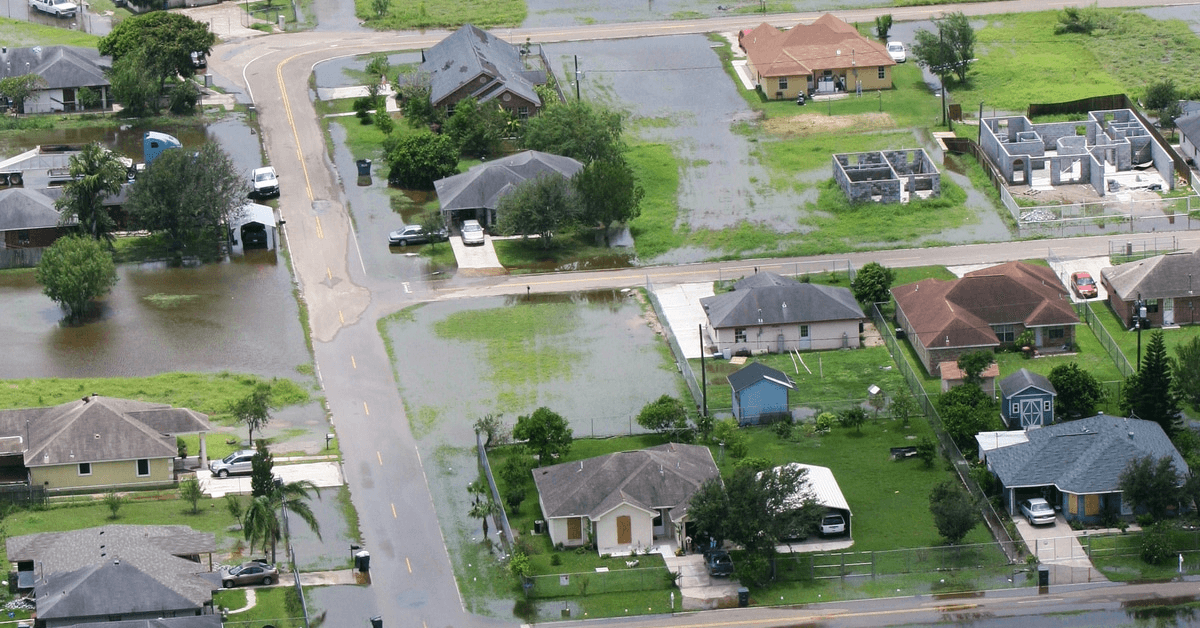The Insurance F-Bomb: Flood
“My house is flooded,” seems like a logical thing to yell frantically through the phone to your insurance agent as water is pouring from the pipe under your sink and spilling across the floor of your kitchen. Clearly, your kitchen is flooding. Or is it? The fact is, “flood” is an extremely specific insurance term and can dictate whether the water damage in your home will be covered by your policy or not.

Flood Definition
Flood is the F word of the insurance world. The definition of flooding in a home as it pertains to insurance coverage is very specific and dependent on the source of the water and how it entered the home. The act of flooding is when water outside the home flows across the top of the ground and into the home through an opening such as a door or window. Water coming from below the surface of the ground is not considered flood water. If that water enters the home, it’s considered a backup or seepage (which also have their own technicalities as far as insurance is concerned). If the water is flood water, the loss is automatically considered a category 3 loss. This means that the water is considered contaminated. If the water is from seepage or the sump pump or a drain not connected to the sewer line, it’s considered a category 2 loss, which means that it’s not sanitary but not considered dangerous. When you experience water intrusion on your property, it’s important to be specific and accurate when telling your insurance agent and adjuster the source of the water to ensure your damage is properly covered. The last thing you’ll want to deal with when you’ve had water damage is your insurance telling you that you don’t have coverage for the damage because you didn’t use the correct verbiage.
Flood Coverage
Flooding can occur anywhere, and it is the number one natural disaster in the United States. While most water damage is covered, true flood damage is not covered under a standard insurance policy. In order for your insurance to cover damage caused by a flood, you’ll need to purchase a specific flood policy. As a matter of fact, federally backed mortgages in high-risk areas require flood coverage. Lenders can even require flood coverage if you’re in a moderate to low-risk area if they want. If you experience damage due to flooding and do not have this coverage, you’ll be on the hook to pay for all the damages out of pocket. A little water can cause a lot of damage in a short amount of time, so this can very quickly become a massive cost because a flooding event rarely means a little water. Even if you don’t have a federally backed loan, paying for flood coverage in a high-risk area is imperative. While it will obviously cost more in insurance premiums, it will be beyond worth the cost if you ever experience flood damage to your home.
Understanding the definition of flooding according to insurance standards and having the proper flood coverage on your home or business can save you time, money, and heartache when dealing with water damages both from flooding and other sources. Stay informed and educated on your policies, so you know you’re getting the exact coverage you need. Better yet, a professional restoration company might be the wisest "first call" because they are experienced in assessing the cause of water damage. A considerable part of their job is to know how to advocate on your behalf to an insurance company.